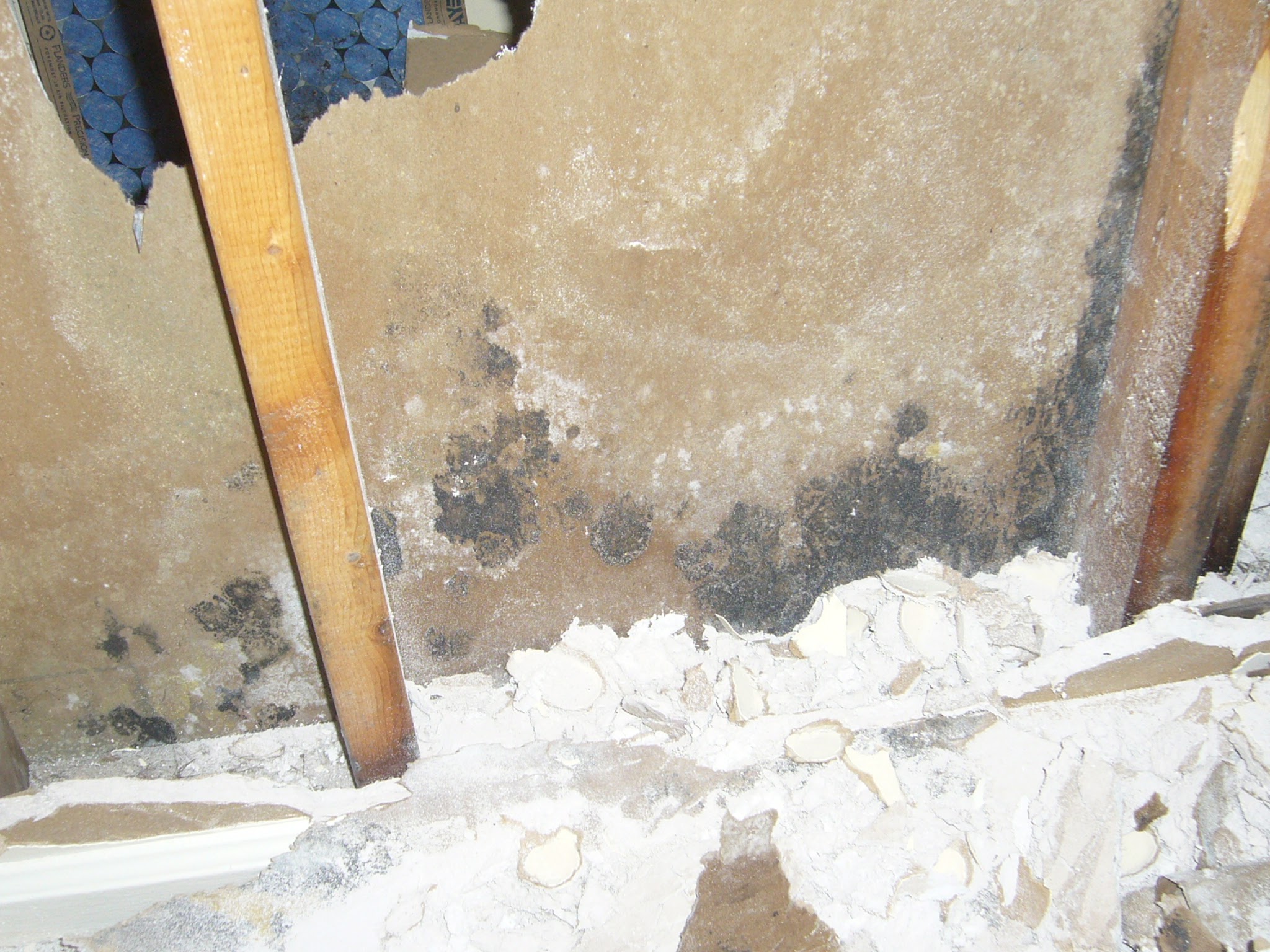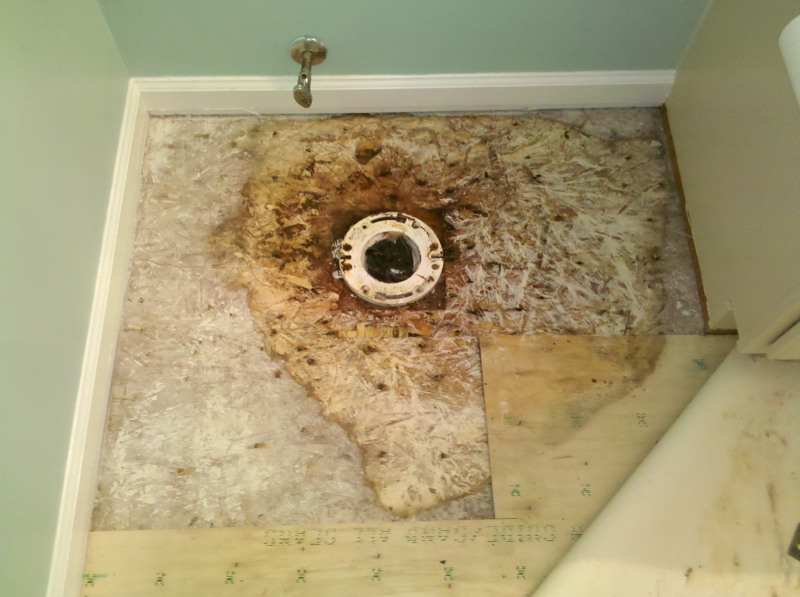We have noticed this article on Looking for Signs of Water Damage in the Bathroom listed below on the web and accepted it made sense to talk about it with you here.

The restroom is exceptionally vulnerable for damp buildup and prospective water damages due to the regular use water in it. This short article offers easy evaluation methods to assist identifying water damages hazards.
The frequent use of water in the shower room makes it exceptionally at risk for moist accumulation and prospective water damage. By checking it on a regular basis, you can lower water relevant problems.
The adhering to set of assessments is simple to do and also need to be done as soon as in every 3 months in order to maintain your shower room in good shape as well as to avoid prospective water damages triggered by the bathtub, the shower, pipeline joints and also plumbing, sinks, closets, and the toilet
Do not overlook performing these evaluations and be comprehensive while doing them. Keep in mind that these simple examinations can save you a lot of money by providing very early signs for water damages
Sinks as well as Cabinets
Sinks and closets are revealed to wetness and moisture day-to-day as well as are typically neglected. Evaluate consistently under the sink as well as on the counter top above it. Fix any type of drip in the trap as it might recommend drain problems. Check out the sink, slow-moving draining pipes may show an obstructed drain. Change sink seals if they are broken or loose.
Tub and Shower
The shower and also tub require special attention and also upkeep. Check the floor tiles as well as replace if fractured. Ensure that there is no missing cement between the floor tiles. Inspect and also replace cracked caulking at joints where the wall surfaces satisfy the flooring or the tub. Obstructed drains and pipelines problems will certainly avoid the bathtub from drying and also might indicate severe problems under the tub. Seek advice from a professional immediately to avoid architectural damage. Take notice of discolorations or soft locations around the bathtub wall surfaces as they may suggest an interior leakage.
Plumbing
Signs for water damage are tough to discover since most pipes are mounted inside the walls.
Pay unique attention to flooring and also walls wetness and also spots as they might indicate an undetectable plumbing problem. Inspect wetness levels in adjoining spaces too.
The Toilet
The commode is a vulnerable water junction. Examine the water lines and search for leakages around the toilet seat, in the hose pipe, as well as under the water container. If you spot any kind of signs of moisture on the floor around the commode, look for leaks in the toilet rim as well as storage tank seals.
Realize that hanging commode dish antiperspirants raises the chances for clogs.
Water Damage Signs In The Bathroom To Avoid Cleanup
Musty smell
This is one of the easiest signs to catch because musty smells are so odorous. The damp, earthy, moldy smell should be a big red flag. The smell will develop when moisture gets trapped in surfaces, and begins to facilitate mold growth. Leaking pipes under cabinets, inside walls, and behind shower fixtures will cause moisture to stay trapped and not dry, which will lead to mold growth and spread. As soon as you notice any musty smells in your bathroom, have it checked for hidden water damage and cleanup signs.
Visible mold
If the smell isn’t there to give it away, sometimes you will actually see mold growth. Finding mold in your bathroom is a serious problem, because mold is very harmful to your health. By the time mold growth is visible, it also means that water damage has already occurred and been present for some time. The only way the mold problem can be resolved is to find the source of the moisture and get it stopped. To safely and adequately remove mold, you need to have professionals handle the remediation. Do not waste any time in getting mold problems addressed, fixed, and sanitized so that you can protect you and your family from the many respiratory symptoms caused by mold exposure.
Damaged floors
Bathroom floors should be able to withstand some exposure to water while still remaining in good condition. However, when excess exposure or water leaks occur, they will begin to damage even the most water-resistant flooring. If you notice any cracking, bubbling, staining, or warping on your bathroom floors, there is probably a water leak somewhere causing the distortion. If you notice areas of the floor have become softer, or even have a spongy feeling, there is probably damage to the subfloor. Subflooring is typically made up of plywood. When plywood is exposed to water or moisture, it will absorb it. Once it has become saturated, the weight of the excess water will cause the wood to swell and soften. Check the floors in your bathroom frequently to catch any of these sings before they lead to damaged subflooring.
Changes on walls
When water leaks behind walls, it will cause changes in the drywall. Peeling plaster, blistering paint, and soggy wallpaper are all good indicators that excess water is building up behind the wall. Water leaking behind drywall will cause it to swell and be soft to the tough. If you start to notice gaps along the trim of your walls, or where tile meets the wall, it could also be a strong indicator that there is a leak behind the wall. Any changes, distortion, or damage on the walls should be evaluated as soon as you notice it to prevent further water damage and cleanup.

We were shown that article on Looking for Signs of Water Damage in the Bathroom from a good friend on another web page. Remember to set aside a second to distribute this entry if you enjoyed it. I truly appreciate reading our article about Preventing Water Damage in the Bathroom.
Maintenance Sign-Up